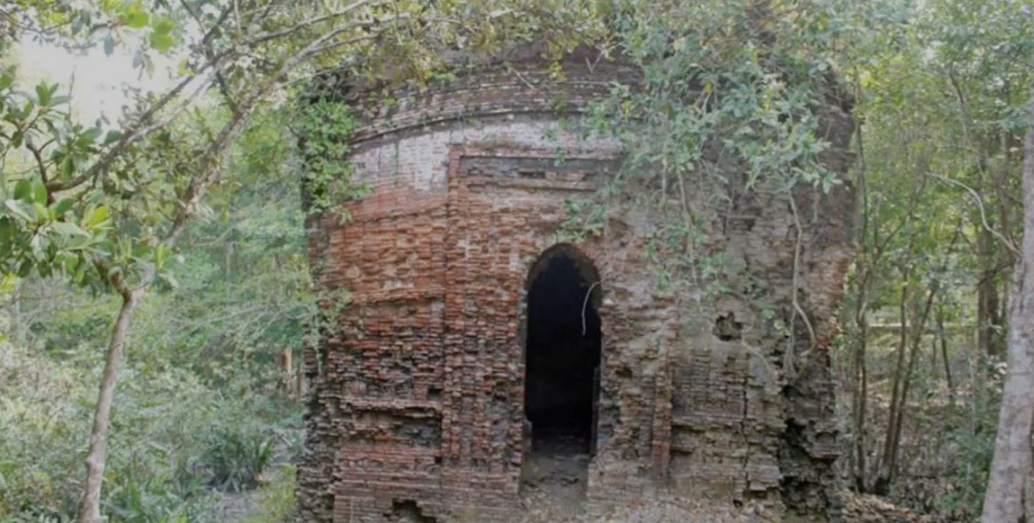News Flash

By S M Zahid Hossain
KHULNA, April 6, 2025 (BSS) - Sheikhertek, a well-known tiger habitat in the Sundarbans, is home to a centuries-old temple established about 350 years ago.
Due to frequent tiger sightings in the area surrounding the temple, local fishermen have dubbed it 'Bagher Bari'-the tiger's home.
The temple had fallen into disrepair, but following restoration by the Department of Archaeology, it has been revived, according to officials of the department's Khulna office.
Funded by the Department of Forest under the Ministry of Environment and Forest, the renovation works were completed last December with the technical support of the Department of Archaeology, said the officials.
During a visit to the area on April 4, it was found that restoration of the temple was completed to ensure its longevity as well as attract tourists.
The outer walls have been decorated with new bricks, maintaining the old architectural design, while concrete layering has been used to strengthen the structure inside the temple.

Sohanur Rahman, a mason who led the renovation works, said, "We crafted new bricks to match the old ones during renovation. Then, we recreated the original designs on them. Preserving the previous patterns exactly, we restored the temple's structure as per the direction of the archaeological authorities."
He said that the Royal Bengal Tigers are frequently seen in this area during renovation works. I, along with my co-workers, have seen one tiger from just 15 to 20 feet away.
"As we were leaving after finishing the works, we saw a tiger sitting on the paved path. We had to set off firecrackers to scare it away," he added.
According to forest officials, the ancient historical temple, widely known as 'Bagher Bari' (The Tiger's Home), is located in number 16 Compartment of the Khulna Range under the West Forest Division of the Sundarbans.
It lies about one kilometre south of Sheikhertek, along the Sheikher Khal canal, which flows east of the Shibsa River. Several historical books written about the forest have recognised this temple as one of the most significant ancient and historical structures in the Sundarbans.
Although it remained restricted to the public for many years, the Forest Department has now opened it for tourists, said the officials.
AZM Hasanur Rahman, the Divisional Forest Officer of the West Forest Division of the Sundarbans, told BSS that the temple was in a highly fragile state in previous years.
With the technical support from the Department of Archaeology, the Forest Ministry has taken initiatives for renovation in view of preserving the archaeological site where the Royal Bengal Tiger chooses to live.
Now, tourists have started visiting the site through Koyra and Dakop upazilas in Khulna, he said, adding that during the Eid vacation some tourists visited the spot.
According to the Department of Archaeology, the temple was built approximately 350 years ago using lime made from local snail shells and sand from the Shibsa River.
The renovation works of the temple were supervised by Lovely Yasmin, the Regional Director of the Khulna Division of the Department of Archaeology.
She said, "When it was originally constructed, the design was exactly as it is now, and even after restoration, the design remains the same. There have been no structural changes. The only difference is that it has been reinforced for long-term preservation."
According to the book Natural History of Sundarbans (Sundarboner Prakritik Itihas), written by M A Aziz, Professor of Biology at Jahangirnagar University, it was likely in 1597 that Protapaditya, one of the Baro-Bhuiyan chiefs, took control of the Sundarbans.
He established a fort at the bank of the River Shibsha. The temple area was under the fort, the book narrated.